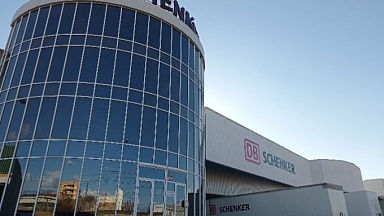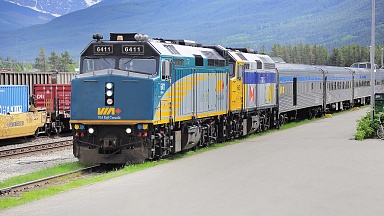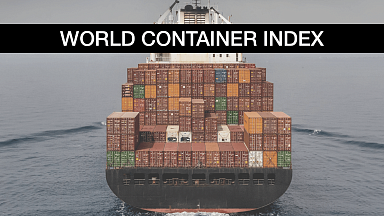1. Links between the East—West and North—South corridors create synergies in transportation and logistics.
The Eurasian Transport Network is experiencing a phase of rapid development. Eastward and southward freight flows are increasing. The load on the transportation and logistics infrastructure along the Northern and Central Eurasian corridors has surged. There are initiatives to establish new international transport corridors spanning east-west and north-south directions, thereby expanding the scope of the Eurasian Transport Network. The diverse array of linkage combinations presents a wide range of opportunities for freight deliveries among various Eurasian countries.
2. Gas transportation infrastructure is turning eastwards.
New gas supply routes are being devised within the region. Cooperation efforts to rehabilitate and expand gas transportation infrastructure have been intensified. There is ongoing consideration regarding the potential establishment of gas hubs in Turkey and Iran. This shift represents a long-term trend of high importance to all Eurasian countries.
3. The infrastructure of food production and logistics is expanding.
Eurasia continues to witness positive developments in agriculture, maintaining one of the world’s highest agribusiness development potentials. Eurasian countries possess substantial potential for food exports to foreign markets. To realise this potential, the construction and modernisation of transport and logistics infrastructure facilities will grow significantly in the near future, alongside accelerated development of new supply routes.
4. Rapid urbanisation boosts demand for sustainable urban infrastructure in Central Asia.
The modernisation and construction of urban infrastructure in the region pose a structural challenge, comparable in importance to efficient water and energy management. Projections suggest that the number of urban residents will further increase by 15% to reach 45 million by 2035. Urbanisation will shape new requirements for the development of infrastructure in cities and urban agglomerations.
5. Development of digital components of retail financial services and public sector services is accelerating.
The active advancement of mobile and fibre-optic communications, coupled with improved Internet accessibility, has contributed to the rapid digitalisation observed across the region. Digital transformation is expected to further evolve, encompassing the development of digital ecosystems, platforms, new applications and cross-border digital services.
6. Booming construction of warehousing and logistics infrastructure driven by the growth of e-commerce.
E-commerce in Eurasia is experiencing explosive growth, with an average annual rate of 25% and increased penetration in the underdeveloped territories and market segments. Projections indicate that by 2028, online commerce in the region will grow at a rate of 12% annually, reaching a total of 91.4 million users.
7. Reduction in transit is offset by expansion of cargo turnover with China.
This rapid growth in the region’s trade with China necessitates the modernisation and construction of transport and logistics infrastructure. Key areas requiring investment include routes linking China with the EAEU and Europe (Northern and Central Eurasian Corridors), China and Turkey (Trans-Caspian International Transport Route), new routes and border crossings from Russia to China (Eastern Polygon), as well as other initiatives to enhance latitudinal connectivity.
8. Central Asia is deepening cooperation with China in the power generation sector.
China has been strengthening ties with Central Asian nations, outlining its key priorities in the Xi’an Declaration. China aims to secure access to inland energy resources (oil, gas and coal), uranium and renewable energy sources, while promoting economic development in its northwestern provinces.
9. Advancement of regional cooperation in the water and energy complex of Central Asia.
Central Asian countries are ramping up efforts to bolster regional cooperation in the water and energy complex, which has historically functioned as a single interconnected system.
10. Activity in irrigation infrastructure is gaining momentum in Central Asia.
Irrigation infrastructure in Central Asia is drawing increasing attention from both public and international investors. Water resources play a pivotal role in the region’s agriculture. Central Asian governments plan to implement urgent measures to stimulate investment in the development of irrigation systems in the region and enhance their efficiency.
ЕАБР. 2024. «Инфраструктура Евразии: краткосрочные и среднесрочные тренды.» Eabr.org. 2024. https://eabr.org/analytics/special-reports/infrastruktura-evrazii-kratkosrochnye-i-srednesrochnye-tr....


